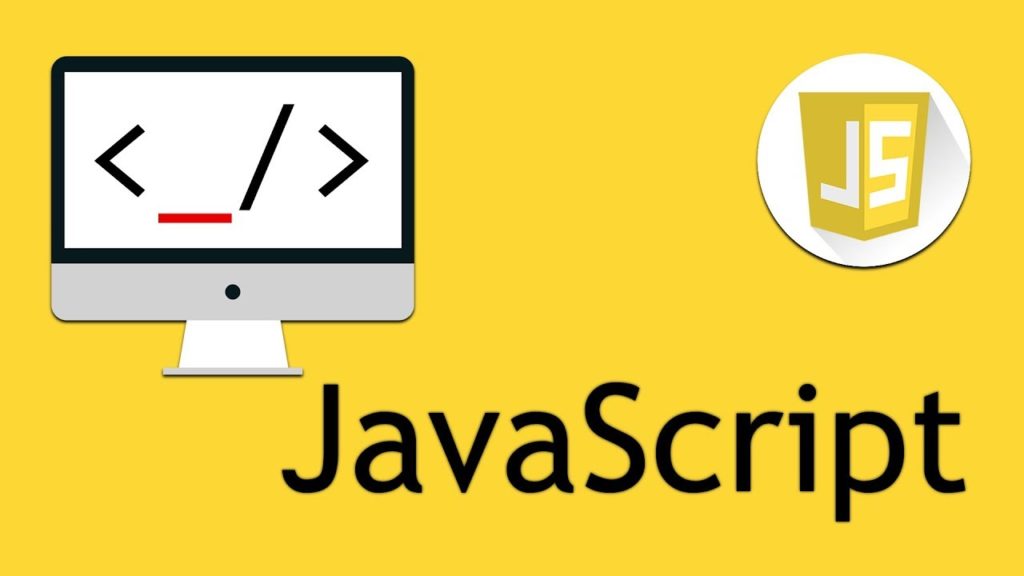
(JavaScript Tutorials for Beginners)
In this end-to-end example, you will learn – JavaScript tutorials for Beginners – JavaScript Hoisting.
JavaScript Hoisting
In this tutorial, you will learn about JavaScript hoisting with the help of examples.
Hoisting in JavaScript is a behavior in which a function or a variable can be used before declaration. For example,
// using test before declaring
console.log(test); // undefined
var test;The above program works and the output will be undefined. The above program behaves as
// using test before declaring
var test;
console.log(test); // undefinedSince, the variable test is only declared and has no value, undefined value is assigned to it.
Note: In hoisting, though it seems that the declaration has moved up in the program, the actual thing that happens is that the function and variable declarations are added to memory during the compile phase.
Variable Hoisting
In terms of variables and constants, keyword var is hoisted and let and const does not allow hoisting.
For example,
// program to display value
a = 5;
console.log(a);
var a; // 5In the above example, variable a is used before declaring it. And the program works and displays the output 5. The program behaves as:
// program to display value
var a;
a = 5;
console.log(a); // 5However in JavaScript, initializations are not hoisted. For example,
// program to display value
console.log(a);
var a = 5;Output
undefined
The above program behaves as:
var a;
console.log(a);
a = 5;Only the declaration is moved to the memory in the compile phase. Hence, the value of variable a is undefined because a is printed without initializing it.
Also, when the variable is used inside the function, the variable is hoisted only to the top of the function. For example,
// program to display value
var a = 4;
function greet() {
b = 'hello';
console.log(b); // hello
var b;
}
greet(); // hello
console.log(b);Output
hello Uncaught ReferenceError: b is not defined
In the above example, variable b is hoisted to the top of the function greet and becomes a local variable. Hence b is only accessible inside the function. b does not become a global variable.
To learn more about local and global variables, visit JavaScript Variable Scope.
Note: In hoisting, the variable declaration is only accessible to the immediate scope.
If a variable is used with the let keyword, that variable is not hoisted. For example,
// program to display value
a = 5;
console.log(a);
let a; // errorOutput
Uncaught ReferenceError: Cannot access 'a' before initialization
While using let, the variable must be declared first.
Function Hoisting
A function can be called before declaring it. For example,
// program to print the text
greet();
function greet() {
console.log('Hi, there.');
}Output
Hi, there
In the above program, the function greet is called before declaring it and the program shows the output. This is due to hoisting.
However, when a function is used as an expression, an error occurs because only declarations are hoisted. For example;
// program to print the text
greet();
let greet = function() {
console.log('Hi, there.');
}Output
Uncaught ReferenceError: greet is not defined
If var was used in the above program, the error would be:
Uncaught TypeError: greet is not a function
Note: Generally, hoisting is not performed in other programming languages like Python, C, C++, Java.
Hoisting can cause undesirable outcomes in your program. And it is best to declare variables and functions first before using them and avoid hoisting.
In the case of variables, it is better to use let than var.
Disclaimer: The information and code presented within this recipe/tutorial is only for educational and coaching purposes for beginners and developers. Anyone can practice and apply the recipe/tutorial presented here, but the reader is taking full responsibility for his/her actions. The author (content curator) of this recipe (code / program) has made every effort to ensure the accuracy of the information was correct at time of publication. The author (content curator) does not assume and hereby disclaims any liability to any party for any loss, damage, or disruption caused by errors or omissions, whether such errors or omissions result from accident, negligence, or any other cause. The information presented here could also be found in public knowledge domains.
Learn by Coding: v-Tutorials on Applied Machine Learning and Data Science for Beginners
Latest end-to-end Learn by Coding Projects (Jupyter Notebooks) in Python and R:
All Notebooks in One Bundle: Data Science Recipes and Examples in Python & R.
End-to-End Python Machine Learning Recipes & Examples.
End-to-End R Machine Learning Recipes & Examples.
Applied Statistics with R for Beginners and Business Professionals
Data Science and Machine Learning Projects in Python: Tabular Data Analytics
Data Science and Machine Learning Projects in R: Tabular Data Analytics
Python Machine Learning & Data Science Recipes: Learn by Coding
R Machine Learning & Data Science Recipes: Learn by Coding
Comparing Different Machine Learning Algorithms in Python for Classification (FREE)
There are 2000+ End-to-End Python & R Notebooks are available to build Professional Portfolio as a Data Scientist and/or Machine Learning Specialist. All Notebooks are only $29.95. We would like to request you to have a look at the website for FREE the end-to-end notebooks, and then decide whether you would like to purchase or not.
JavaScript tutorials for Beginners – JavaScript Function and Function Expressions
JavaScript tutorials for Beginners – JavaScript Variable Scope